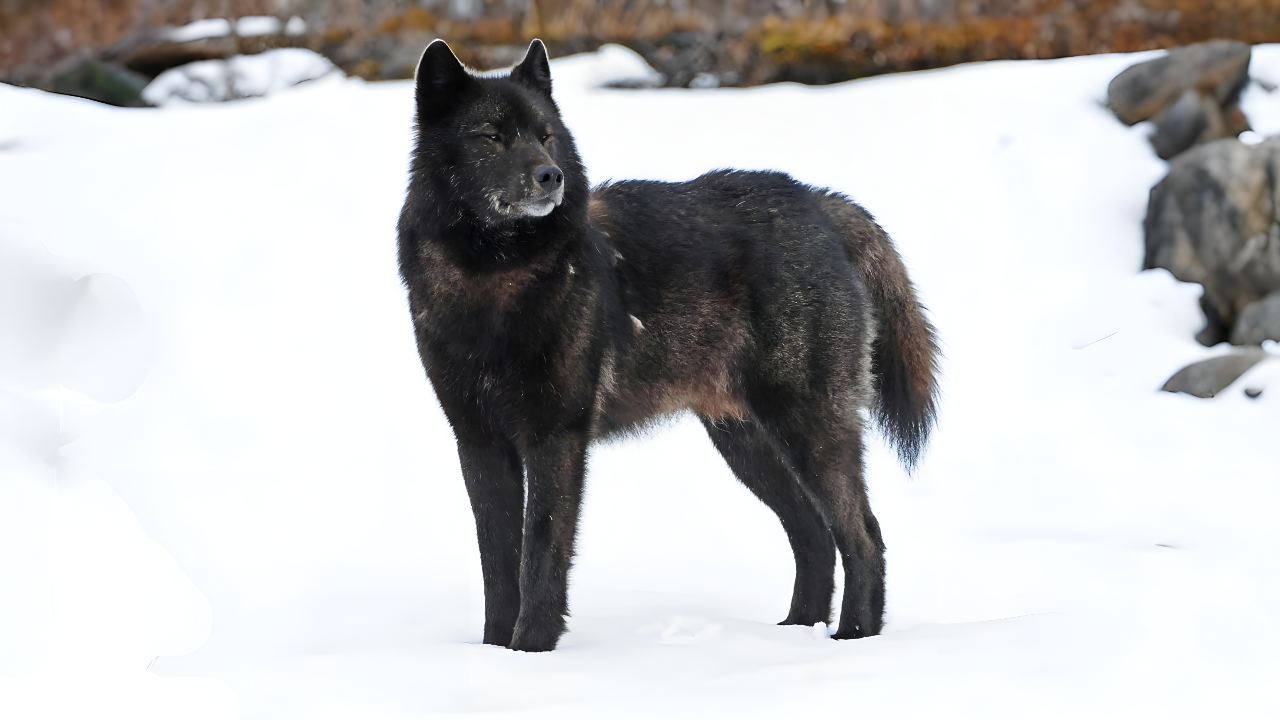
In the heart of America’s wilderness, a few predators still inspire awe the moment they are spotted: wolves. These majestic hunters are not just symbols of wildness but true titans of the ecosystem.
Each species tells a story of survival, adaptation, and exile. But some wolves stand above the rest when it comes to size and strength.
The Wolves of North America
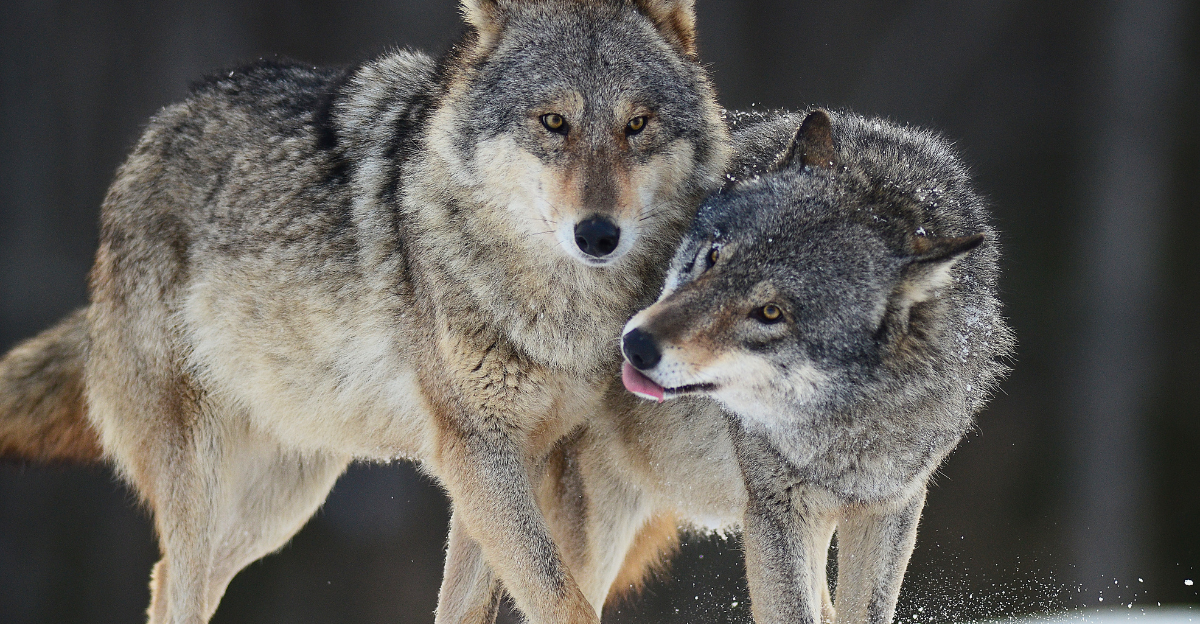
Across forests, tundra, and mountain ranges, the wolves of North America show staggering diversity. Their sizes vary dramatically depending on the prey they eat, their climates, and their geography.
From the icy north to sunbaked deserts, certain subspecies have evolved to become extraordinary predators. Let’s take a look at nine of the largest wolf species roaming the United States wilderness.
1. Mackenzie Valley Wolf
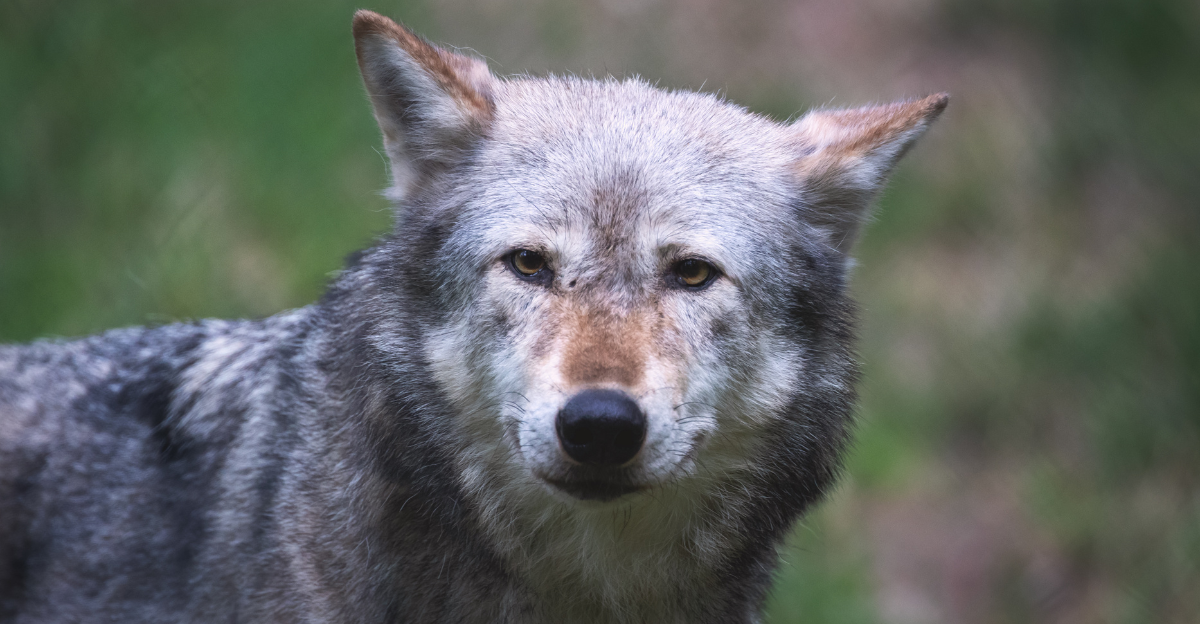
The Mackenzie Valley Wolf is the heavyweight of North America’s wolf family. It is a true legend of the northern wild. This wolf is famous for its impressive size and endurance. It can sometimes be found roaming the wide-open stretches of Alaska and Canada.
The Mackenzie Valley Wolf is strong, tall, and built for the harshest conditions. This wolf embodies the raw spirit of the wilderness, and its haunting howl can often be heard echoing through the trees.
Unmatched Size
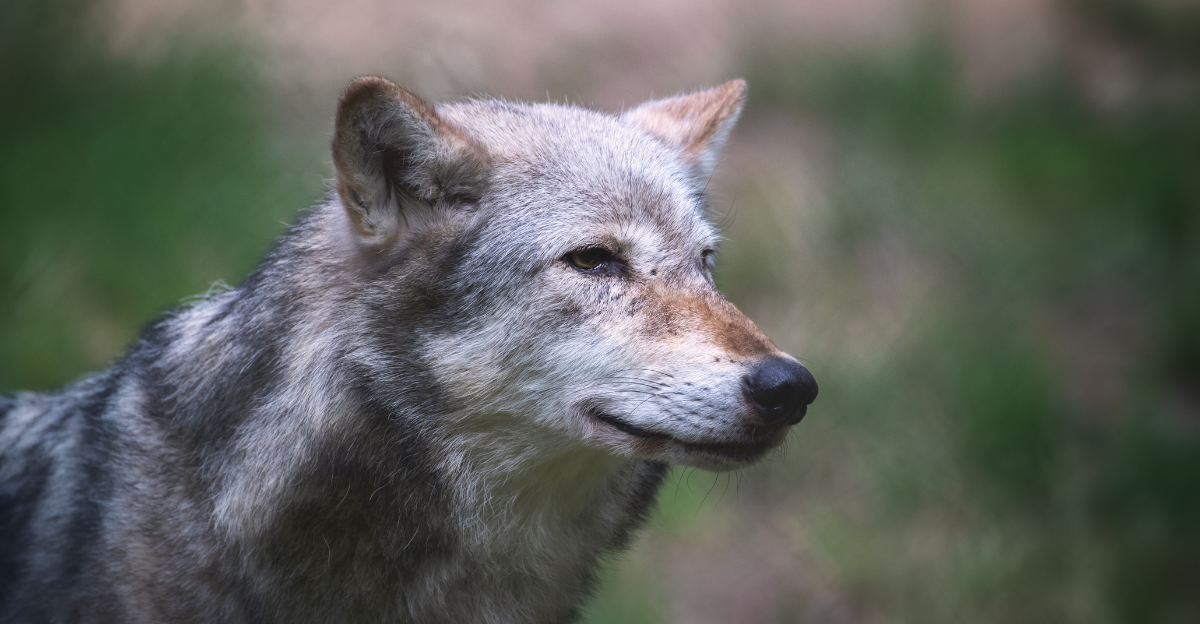
The Mackenzie Valley Wolf’s immense size is unmatched. Large males can weigh over 175 pounds and stretch more than seven feet from nose to tail.
Their thick, weather-resistant fur allows them to withstand the harshest Arctic conditions. Their preferred prey includes elk, moose, and bison, which are animals that most predators wouldn’t dare challenge.
2. Interior Alaskan Wolf
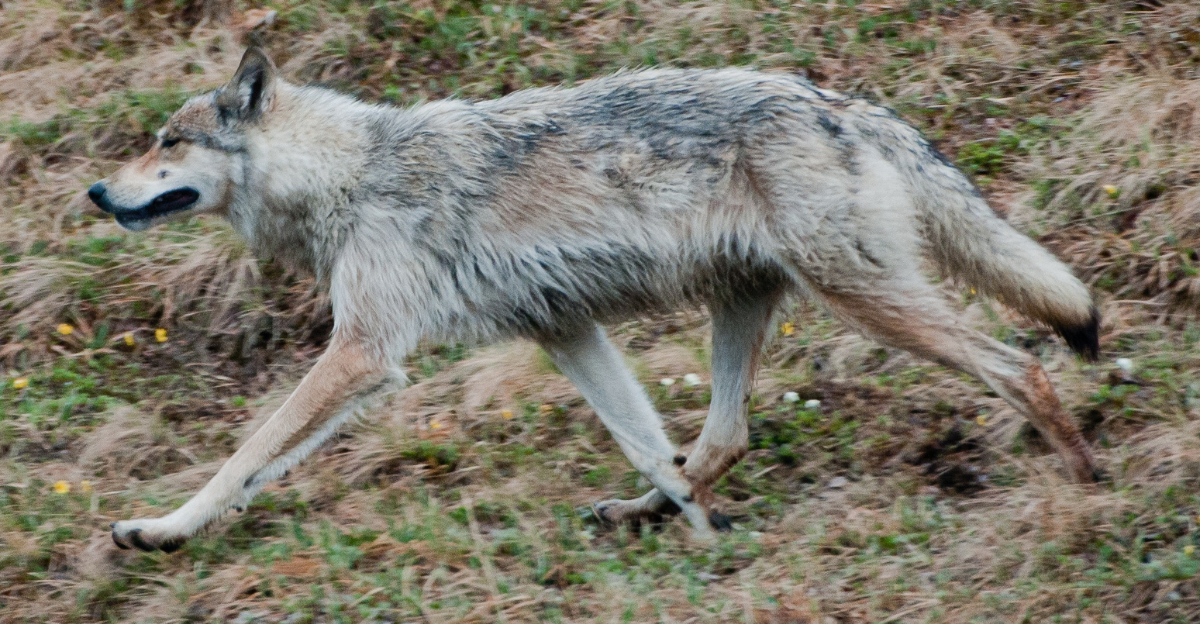
Deep in the Alaskan wilderness, the Interior Alaskan Wolf can be found in frozen tundras and river valleys. While it is sleeker than its northern cousin, it is equally commanding. This wolf strikes the perfect balance between endurance and agility.
It lives where winter never truly ends, forging a life under the endless light and darkness of the Arctic frontier.
Coldest Conditions
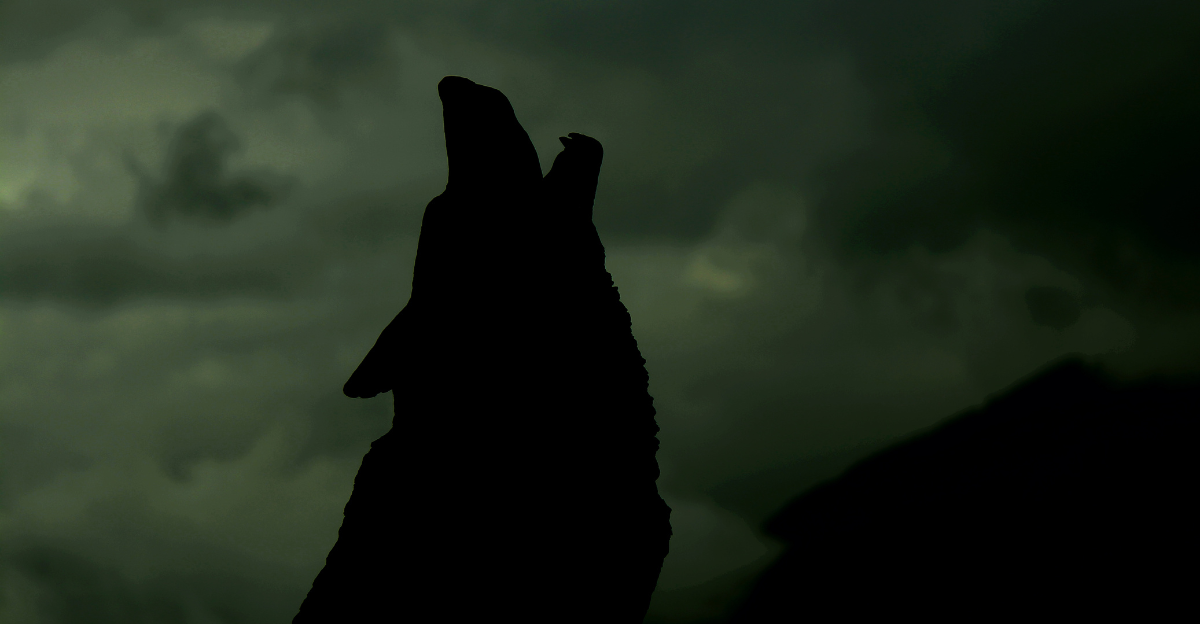
This wolf typically weighs between 100 and 125 pounds, with a dense, silvery-gray coat that is well-suited for the coldest conditions.
They track herds of caribou and moose for miles without resting, demonstrating their astonishing stamina. Their haunting howls echo across tundra plains, signaling unity, territory, and survival.
3. Great Plains Wolf
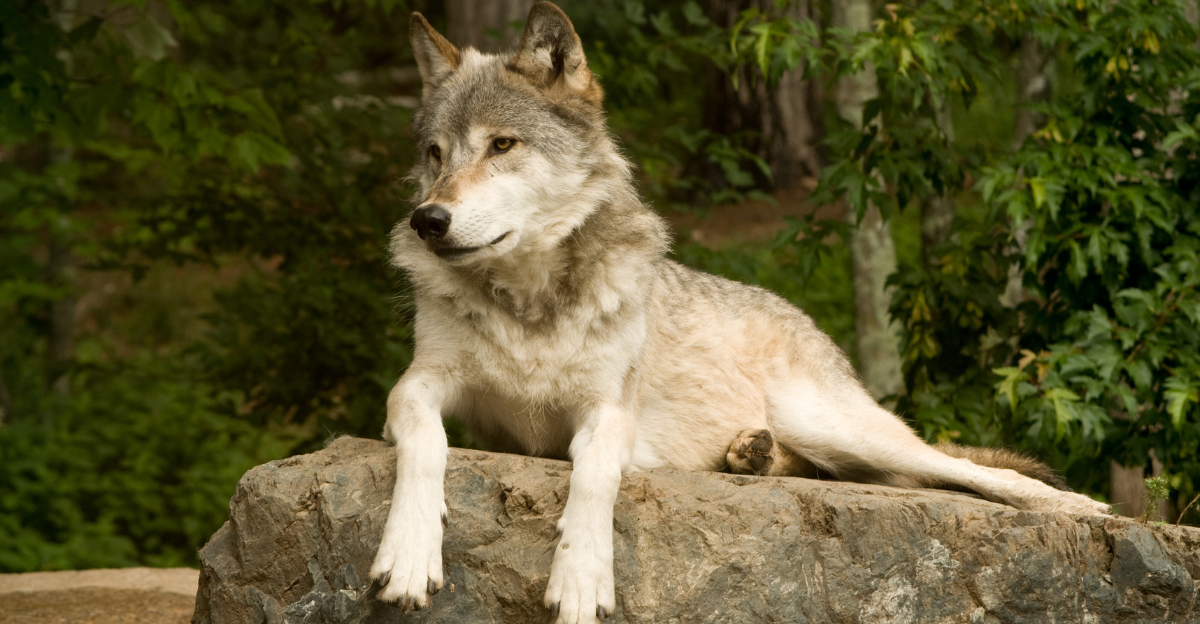
Once the dominant predator of America’s prairies, the Great Plains Wolf has a legacy soaked in beauty and tragedy.
Once spread across states like Texas, Nebraska, and the Dakotas, it faced near total extermination by the early 20th century. Yet the memory of its wild freedom still lingers throughout open grasslands and folklore.
Swift Endurance
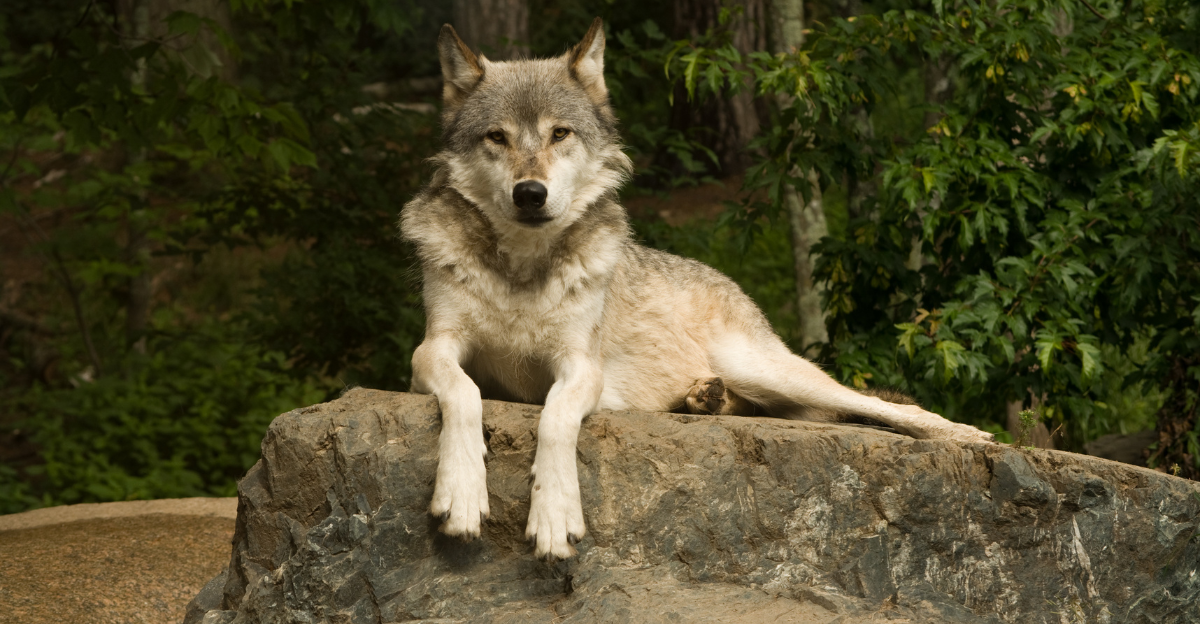
Despite being smaller than the northern varieties, males often reached 100 pounds. These wolves were adapted to open terrain and relied on swift endurance rather than stealth.
Their decline mirrored the loss of bison and wilderness, but recent reintroduction programs could one day return them home.
4. Arctic Wolf
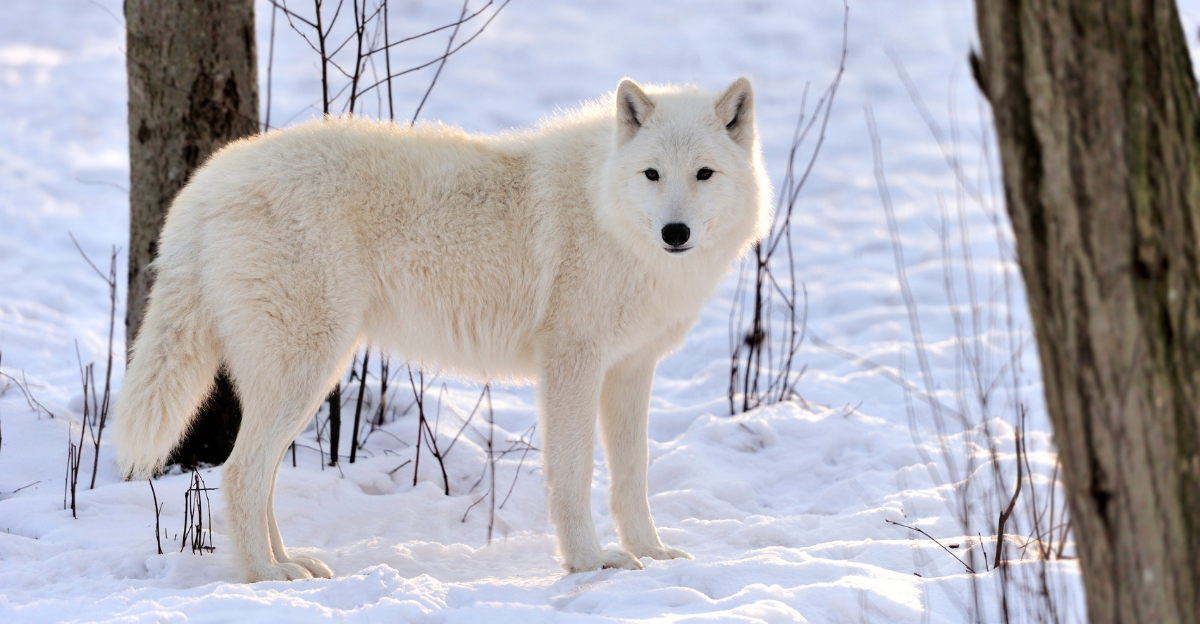
The Arctic Wolf lives where few other species can survive. These wolves can be found in the frozen northernmost regions of North America, thriving in temperatures that would freeze steel.
They live in endless snow, where prey is scarce, daylight fades for months, and only the strongest survive.
Snow-White Fur
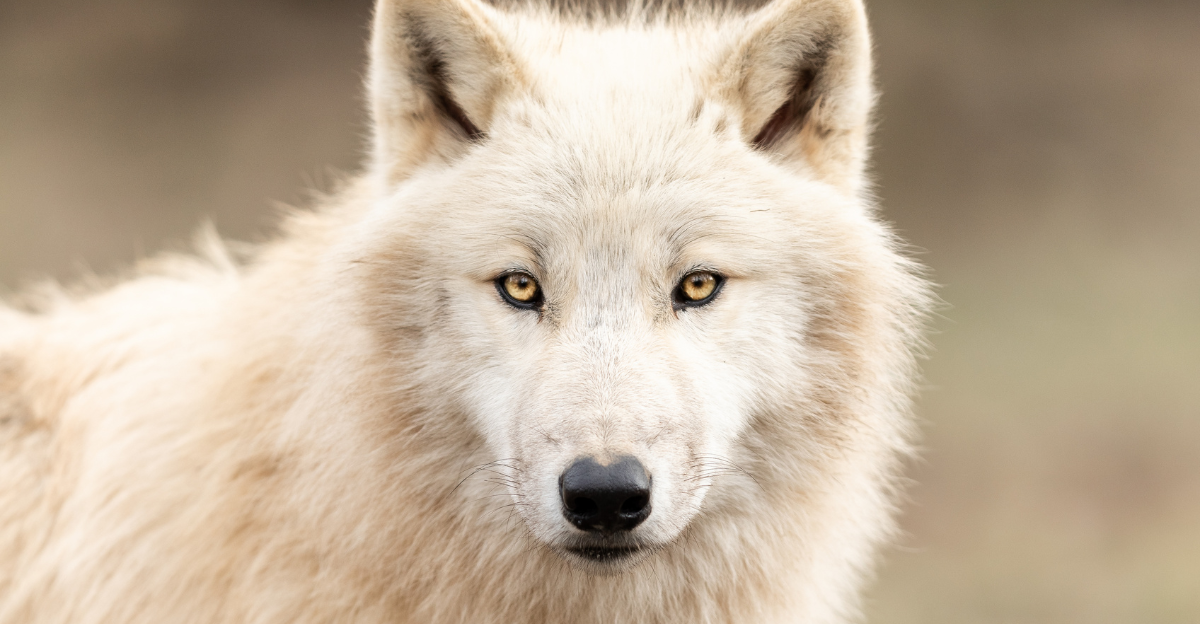
These wolves weigh up to 120 pounds and cloak themselves in thick, snow-white fur that blends seamlessly into ice and fog. Their compact bodies conserve heat in brutal windstorms.
Preying mostly on musk oxen and Arctic hares, they hunt in small family units.
5. Eastern Timber Wolf
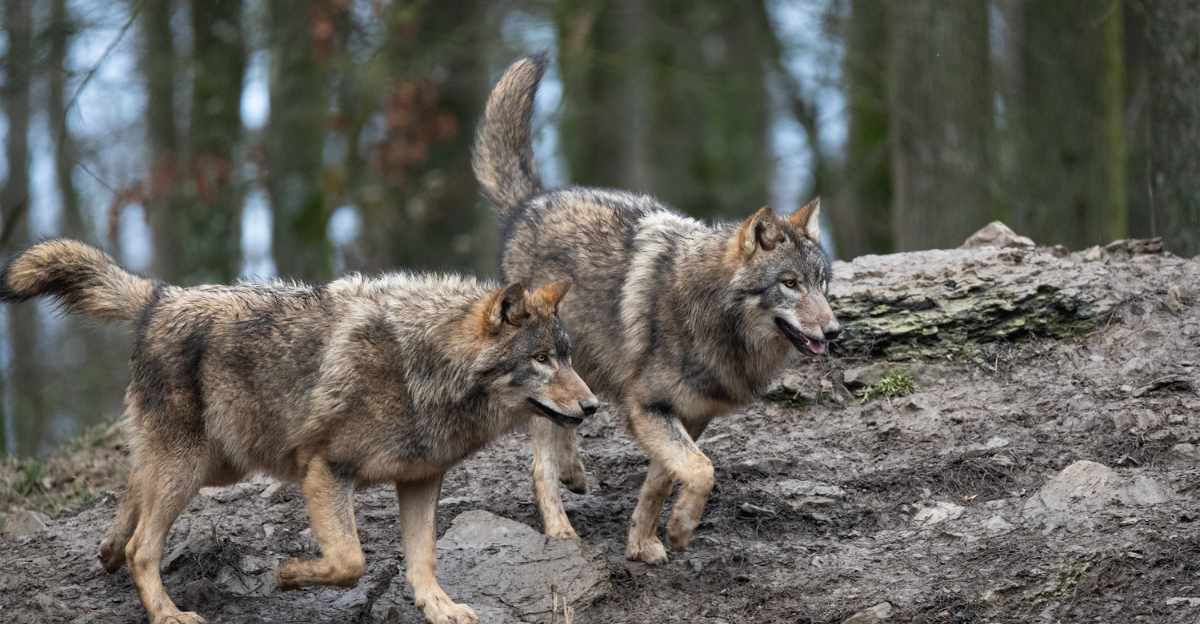
Once common throughout the Great Lakes region, the Eastern Timber Wolf came close to disappearing forever thanks to widespread habitat loss.
Today, it can be found mostly in small packs. With a haunting mix of mystery and resilience, this wolf reminds us that wilderness still hides ancient bloodlines behind every rustling leaf and shadow.
Intelligence and Adaptability
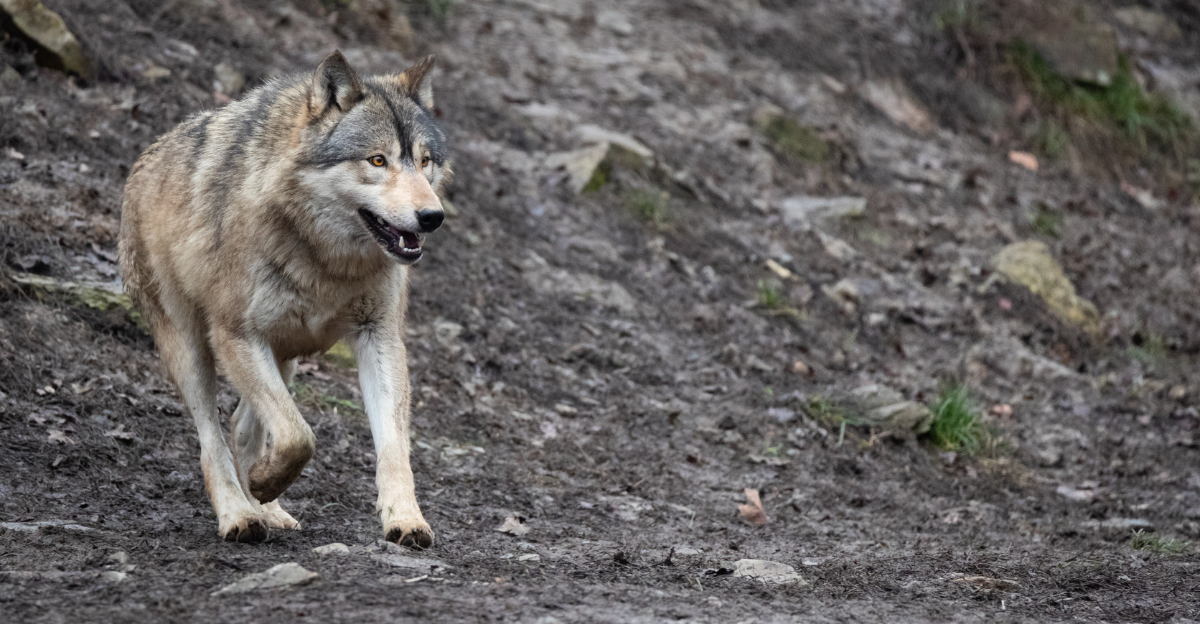
Weighing up to 90 pounds, the Eastern Timber Wolf blends intelligence with adaptability. Some studies suggest it carries coyote genes, making it a natural hybrid survivor.
These wolves thrive on deer and small mammals, adjusting easily to changing landscapes.
6. Rocky Mountain Wolf
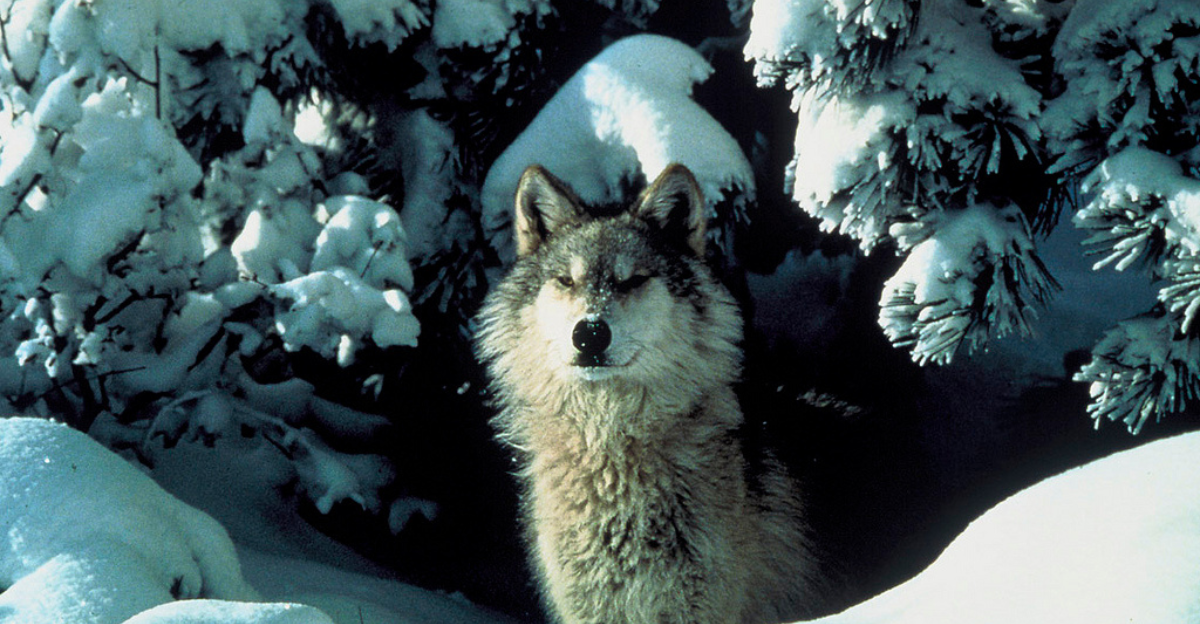
The Rocky Mountain Wolf commands the peaks and valleys of America’s most iconic wilderness. Its presence reshaped entire ecosystems after decades of absence.
With its piercing yellow eyes and intense gaze, the wolf stands as a true symbol of untamed nature. Its reintroduction to Yellowstone became a milestone moment for modern conservation efforts.
Expert Hunters
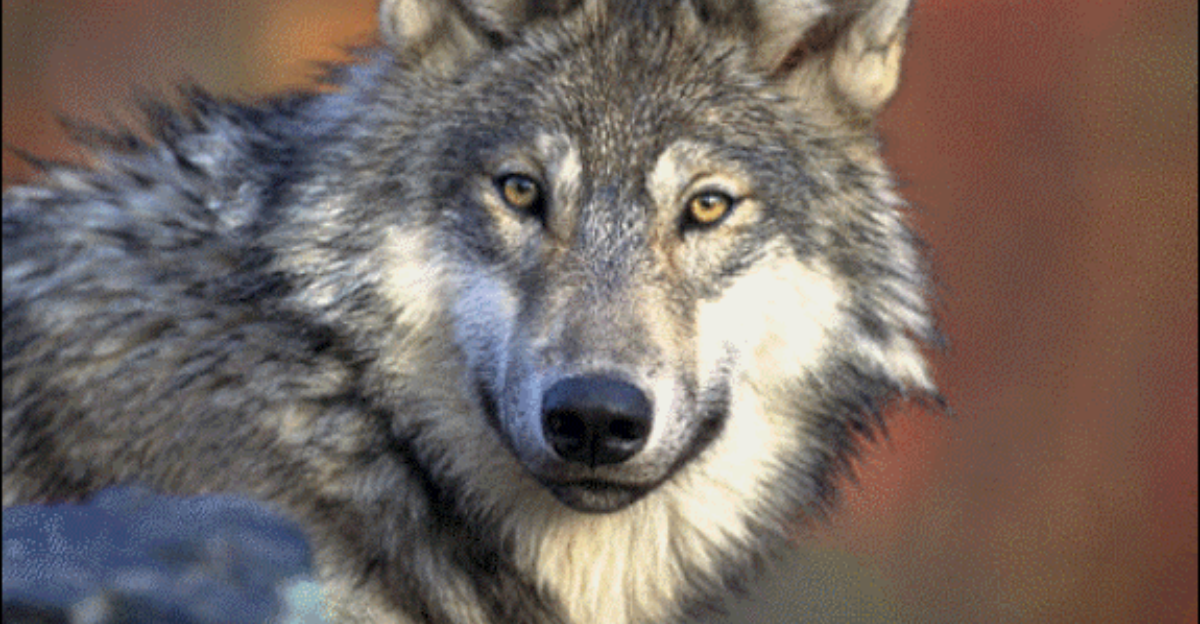
Males typically weigh between 100 and 130 pounds. Their thick fur shields them from alpine frost while their keen senses make them expert hunters.
By controlling elk numbers, they restored vegetation and balance in Yellowstone, showing just how important their presence is. Each pack works in precise coordination, reflecting social intelligence on par with great apes.
7. Mexican Gray Wolf
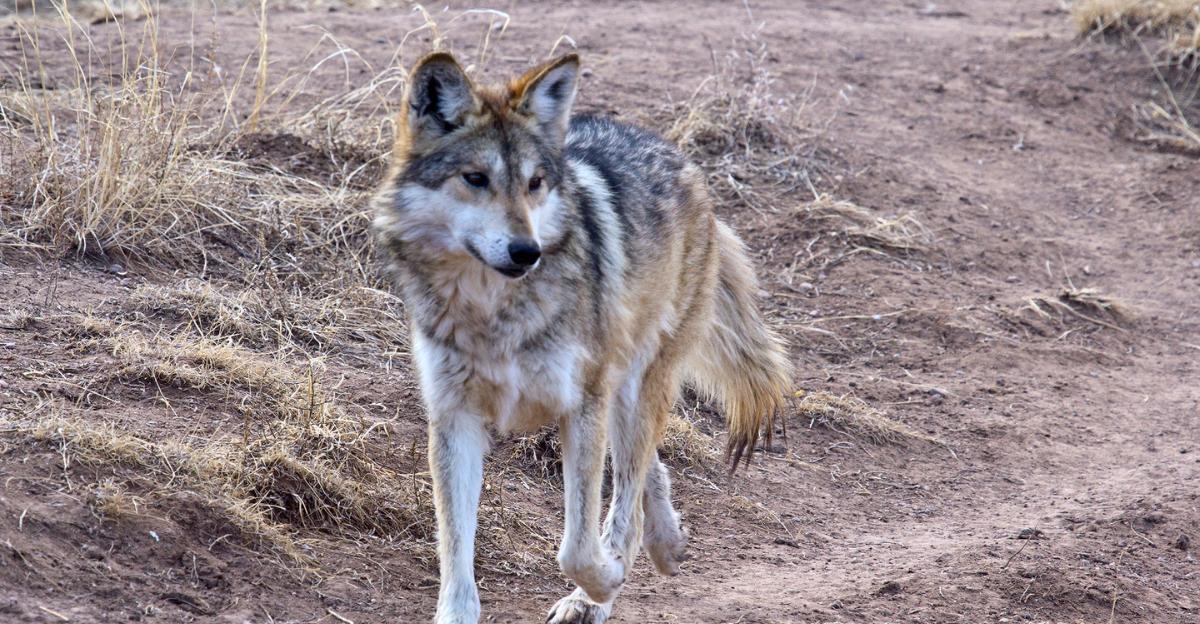
Known affectionately as “El Lobo,” the Mexican Gray Wolf is one of the most endangered canids in the world.
Native to the arid Southwest and northern Mexico, these wolves embody the struggle for survival in both ecological and political landscapes. Their story is one of persecution, perseverance, and guarded hope for revival.
Adapted to Desert Climates
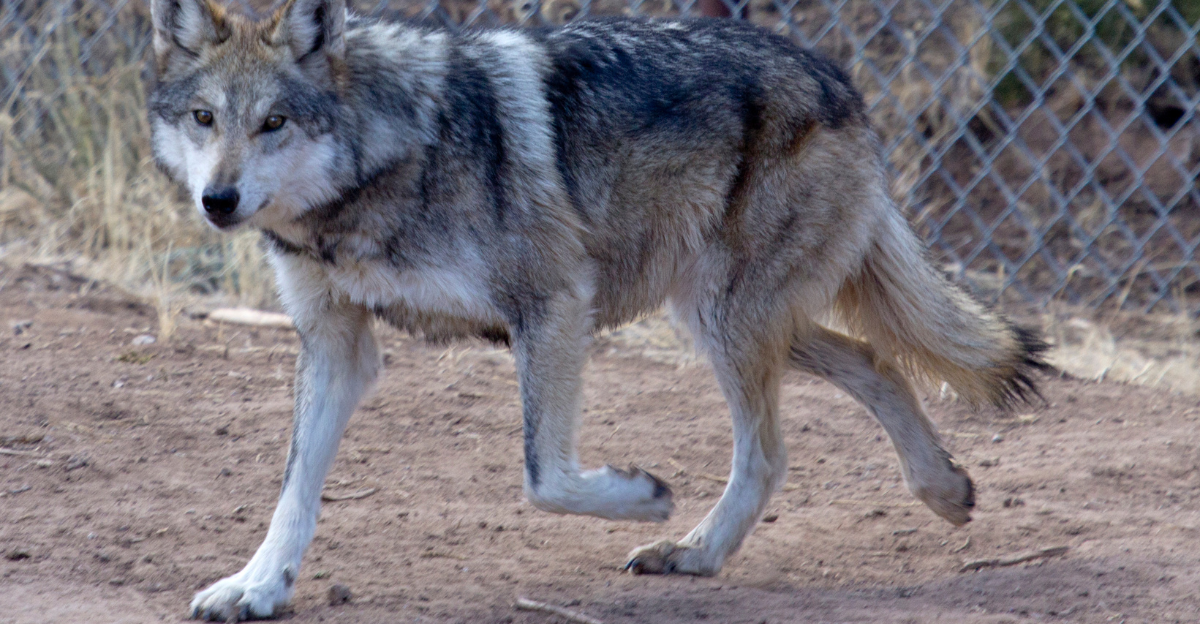
Weighing between 70 and 90 pounds, Mexican Gray Wolves have striking tan-gray coats adapted to desert climates. They have been driven to near extinction, with fewer than 200 individuals roaming wild landscapes today.
Despite their small numbers, they play a vital role in desert ecosystems, controlling deer populations and maintaining natural order in seemingly lifeless, sun-streaked plains.
8. Vancouver Island Wolf
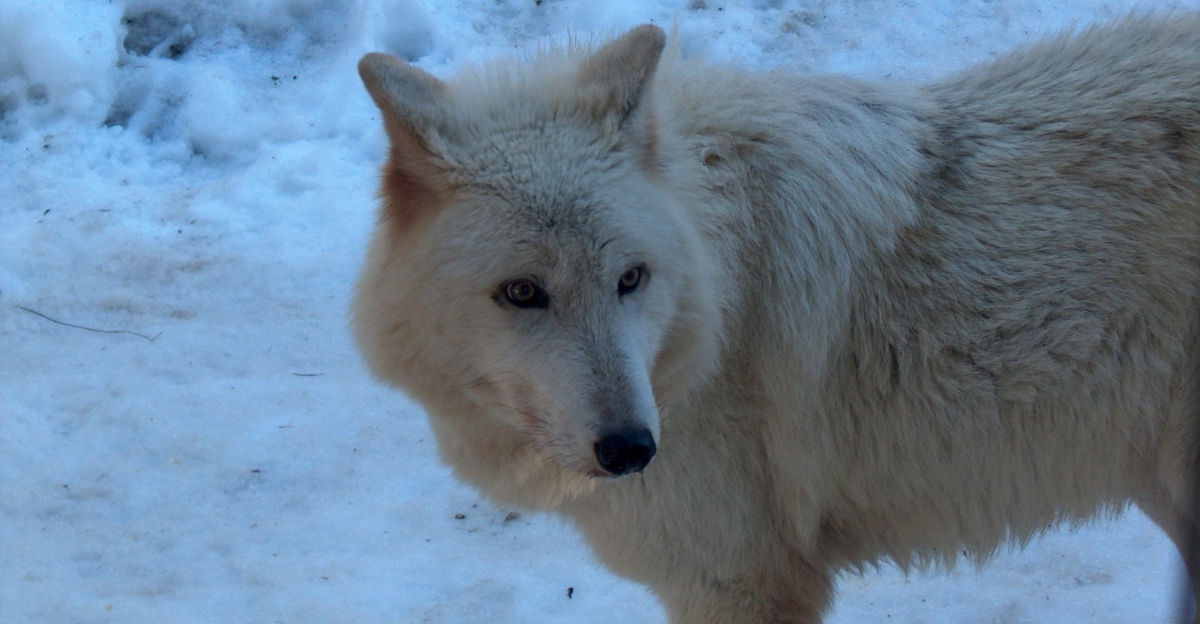
The Vancouver Island Wolf stands out as a coastal predator, navigating both land and sea. It can be found along the shores of British Columbia, where it hunts on beaches instead of mountains, preying on fish, small mammals, and other marine life.
These wolves demonstrate remarkable adaptability, showing that evolution can rewrite survival strategy when geography demands reinvention.
Exceptional Swimmers
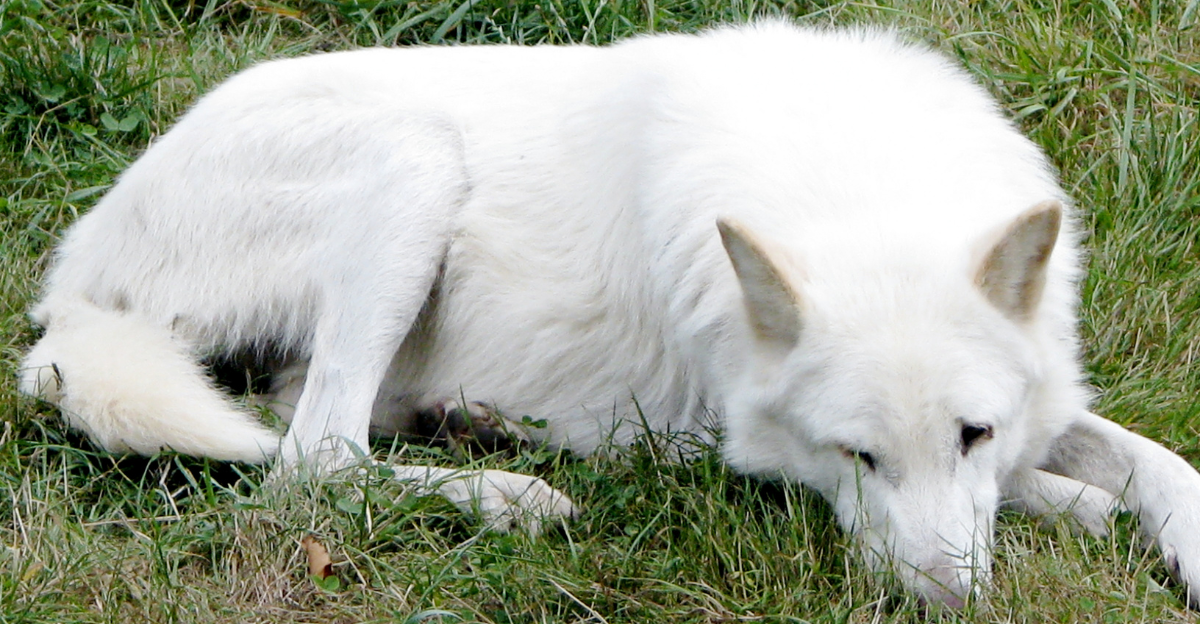
Typically weighing 80 to 90 pounds, these wolves are lean, long-legged, and exceptional swimmers. They frequently cross between islands to find new hunting grounds, often feasting on salmon during spawning season.
Their diet is almost 70% marine-based, which is a startling contrast to their inland cousins.
9. Alexander Archipelago Wolf
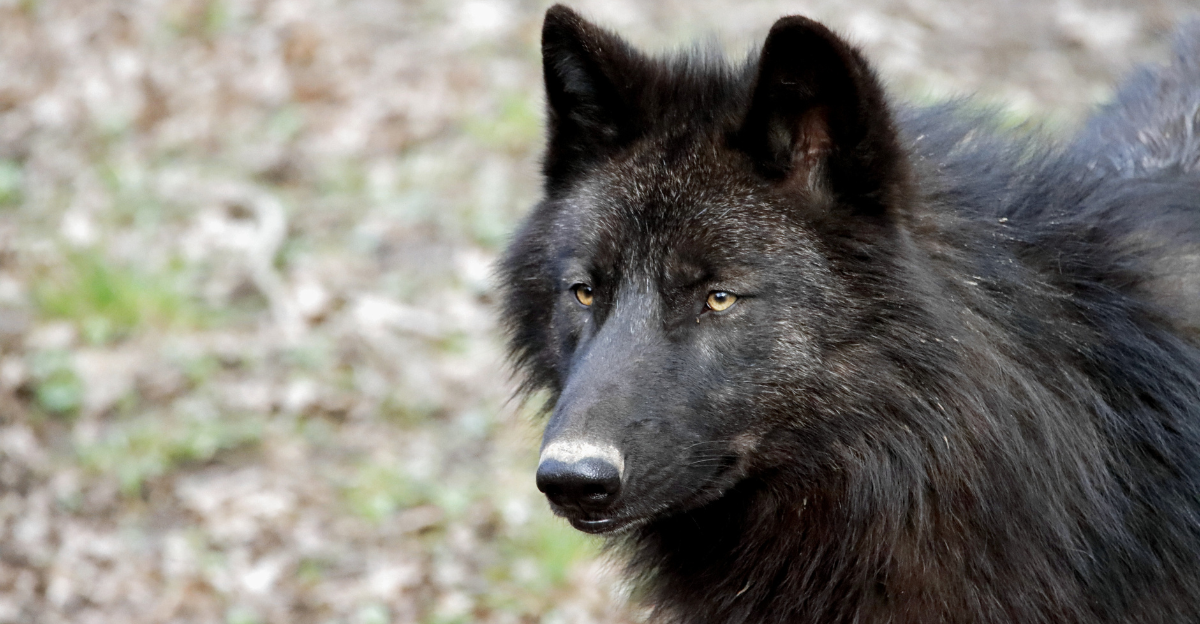
Hidden deep in Alaska’s coastal rainforests, the Alexander Archipelago Wolf is super rare and mysterious.
They live in isolated packs across scattered islands and are perfectly attuned to their foggy, moss-laden domain. They depend on ancient woods and gentle tides, but they are threatened by logging and ecological fragmentation.
Almost Invisible
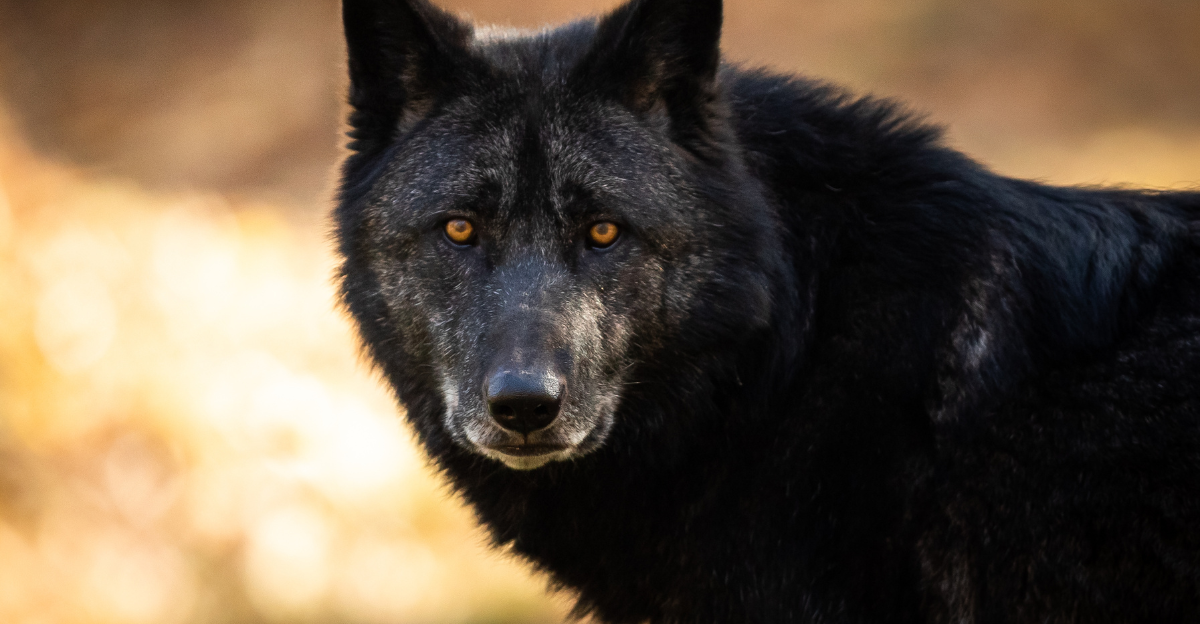
Weighing around 85 pounds, this wolf’s dark, shadowy coat and cautious nature make it almost invisible in dense undergrowth. They mainly feed on Sitka deer and fish.
As an emblem of the Pacific Northwest’s fragile wilderness, the Alexander Archipelago Wolf is proof that nature’s mysteries still endure, quietly and powerfully.